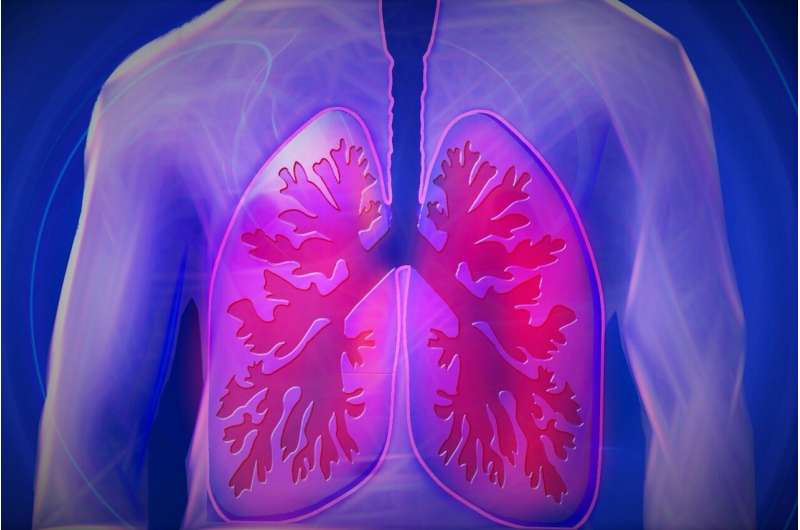Cell Therapy Shows Promise in Preventing Muscle Damage in Duchenne Muscular Dystrophy Mouse Model

New research reveals that cell therapy using cardiosphere-derived cells can preserve muscle function and prevent damage in a mouse model of Duchenne muscular dystrophy, paving the way for innovative treatments.
Recent research from the Cedars-Sinai Smidt Heart Institute highlights the potential of cell therapy to combat Duchenne muscular dystrophy (DMD), a severe inherited disorder that primarily impacts young boys. DMD leads to progressive muscle weakening, eventually resulting in loss of mobility, and also affects heart and lung muscles, often leading to early mortality.
The study demonstrates that administering cardiosphere-derived cells (CDCs)—specialized heart cells capable of tissue repair—can preserve muscle structure and maintain function in a mouse model of DMD, known as mdx mice. CDCs have been explored previously in clinical trials for their ability to protect and repair weakened muscles and cardiac tissue associated with Duchenne's.
In this investigation, juvenile mdx mice received monthly infusions of CDCs over a one-year period. Remarkably, these mice retained muscle strength and exercise endurance comparable to their youthful stage, whereas untreated mice experienced muscle deterioration and reduced physical capacity typical of DMD progression.
Duchenne muscular dystrophy is a rare genetic disorder predominantly affecting boys, characterized by muscle degeneration and weakness. The disorder ultimately compromises heart and respiratory muscles, leading to early death if untreated.
The therapy builds on prior findings where CDCs showed promise in protecting adult DMD patients' muscles and repairing heart damage. A similar cell therapy product called deramiocel, derived from CDCs, is currently undergoing advanced clinical trials to evaluate its efficacy in improving muscle and heart functions in Duchenne patients.
According to lead researcher Dr. Russell G. Rogers, the study offers hope that early intervention with CDCs could prevent or significantly delay muscle weakness development in DMD. This approach emphasizes the potential of regenerative medicine to alter the disease's natural course, offering new avenues for treatment.
The research underscores the importance of long-term, repeated CDC administration, which was able to sustain muscle health in the mouse model over an extended period—a promising step toward future human therapies.
Stay Updated with Mia's Feed
Get the latest health & wellness insights delivered straight to your inbox.
Related Articles
Understanding Chronic Venous Insufficiency and Its Significance in Health
Chronic venous insufficiency (CVI) is a common condition affecting leg veins, linked to increased cardiovascular risk. Early detection and treatment are essential for better health outcomes.
Emerging Tuberculosis Case Raises Public Health Concerns in Northern California
A recent case of contagious tuberculosis at a popular California casino has prompted health officials to conduct contact tracing, highlighting the ongoing risk and resurgence of TB in the region. Learn about symptoms, transmission, and prevention.
Lung Cancer Screening Extending Benefits Up to Age 80 for Surgical Candidates, UK Study Shows
A UK study suggests that lung cancer screening up to age 80 benefits older adults fit for surgery, potentially improving survival outcomes across age groups.



